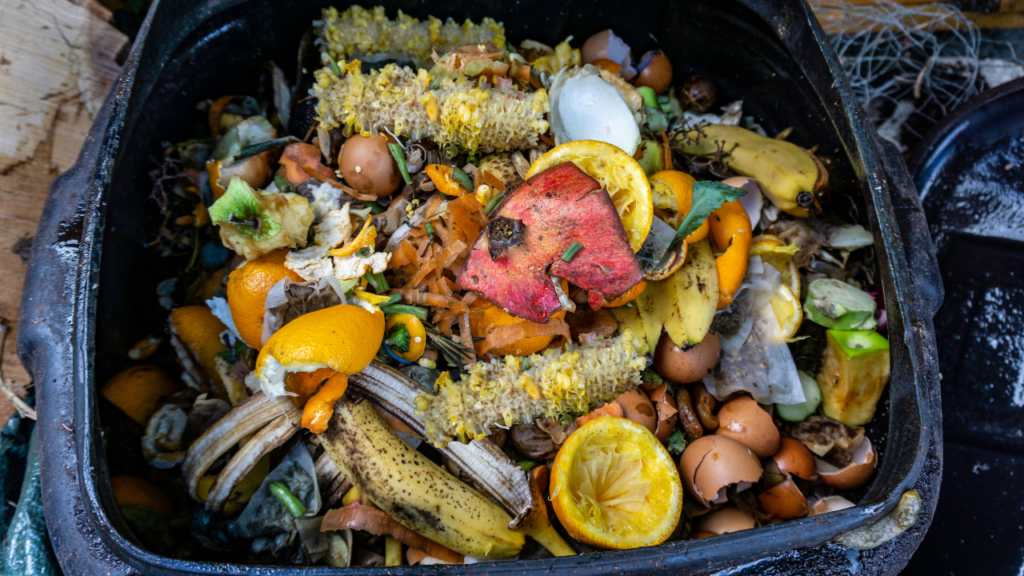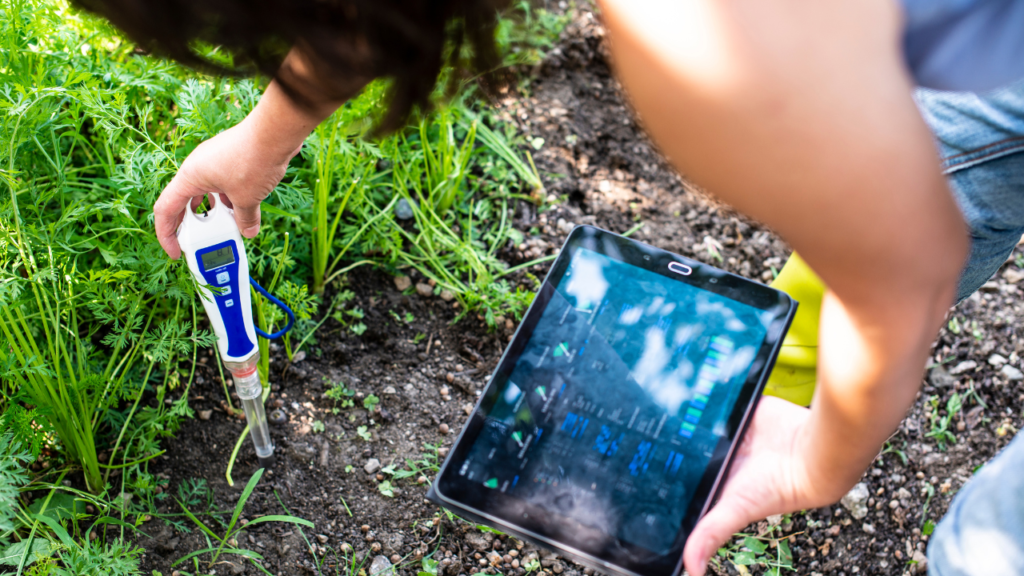Discover five natural methods to improve soil health and boost your garden’s productivity. Learn how composting, mulching, cover crops, organic amendments, and no-till gardening can transform your soil and create a thriving garden ecosystem.
Introduction
Healthy soil is the foundation of a successful garden. Poor soil health can lead to weak plants, low yields, and many other problems. Fortunately, there are natural methods to improve soil health and create a thriving garden environment. In this article, I’ll reveal five natural methods that can unlock the hidden power of your soil, boosting its fertility and productivity.
Understanding Soil Health
What Constitutes Healthy Soil?
Healthy soil is rich in nutrients, has good structure, and is teeming with beneficial microorganisms. It supports plant growth by providing essential nutrients, retaining moisture, and promoting strong root development.
Key Components of Soil Health
- Nutrients: Essential elements like nitrogen, phosphorus, and potassium.
- Structure: Good soil structure allows for proper drainage and root growth.
- Microorganisms: Beneficial bacteria, fungi, and other organisms that support plant health.

Common Signs of Unhealthy Soil
- Poor Drainage: Waterlogged or compacted soil.
- Nutrient Deficiencies: Yellowing leaves or stunted growth.
- Low Organic Matter: Lack of earthworms and other soil organisms.
The Top 5 Natural Methods to Improve Soil Health
1. Composting

Composting is the process of recycling organic waste into nutrient-rich humus that improves soil fertility and structure.
- How to Start: Collect kitchen scraps, yard waste, and other organic materials in a compost bin or pile. Turn the pile regularly to speed up decomposition.
- Benefits: Adding essential nutrients improves soil structure and increases water retention.
2. Mulching
Mulching involves covering the soil surface with organic or inorganic materials to conserve moisture, suppress weeds, and improve soil health.
- Types of Mulch: Organic mulches include straw, leaves, and wood chips. Inorganic options include plastic and landscape fabric.
- How to Apply: Spread a layer of mulch around plants, keeping it a few inches away from the stems.
3. Cover Crops
Cover crops are grown to protect and enrich the soil during the off-season. They prevent erosion, add organic matter, and fix nitrogen in the soil.
- Best Cover Crops: Legumes (e.g., clover, vetch), grasses (e.g., rye, oats), and brassicas (e.g., mustard).
- How to Plant: Sow cover crop seeds in late summer or early fall. Turn them into the soil before planting your main crops.
4. Organic Amendments
Organic soil amendments, such as manure, bone meal, and green manure, improve soil fertility and structure by adding essential nutrients and organic matter.
- Types of Amendments: Manure, compost, bone meal, blood meal, and green manure crops.
- How to Use: Incorporate amendments into the soil before planting or use them as a top dressing throughout the growing season.
5. No-Till Gardening
No-till gardening involves minimizing soil disturbance to preserve its structure and health. It reduces erosion, improves water retention, and promotes the growth of beneficial microorganisms.
- How to Implement: Avoid turning or tilling the soil. Instead, use mulch, cover crops, and organic amendments to improve soil health.
Practical Tips for Maintaining Soil Health
Regular Soil Testing

- Importance: Soil tests provide information about nutrient levels and pH, helping you make informed decisions about amendments.
- How to Test: Collect soil samples and send them to a lab for analysis. Follow the recommendations for improving soil health.
Rotating Crops
- Benefits: Crop rotation prevents nutrient depletion and reduces the risk of pest and disease buildup.
- How to Rotate: Plan a crop rotation schedule that includes different plant families.
Improving soil health is essential for a thriving garden. These five natural methods can enhance soil fertility, structure, and overall garden productivity. Embrace these techniques and enjoy the benefits of a healthy, vibrant garden. If you are a beginner gardener, this post will be helpful to you. Happy gardening!

